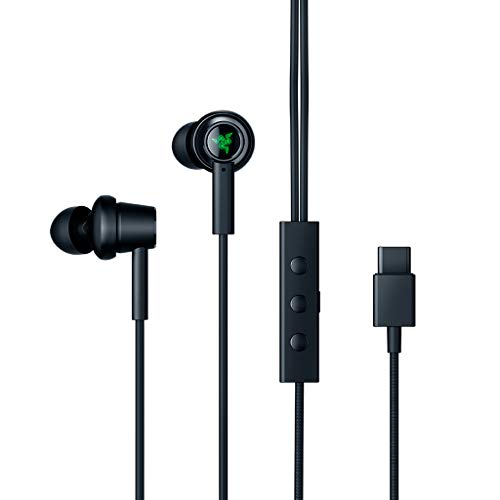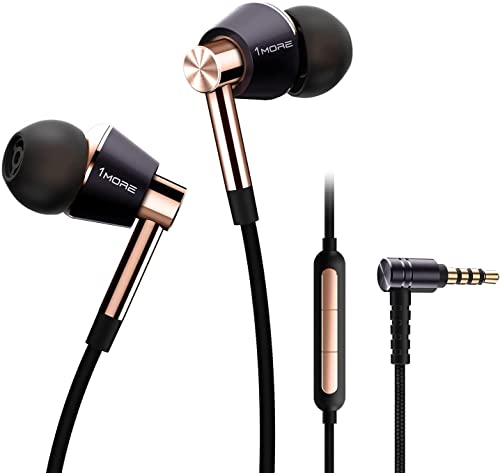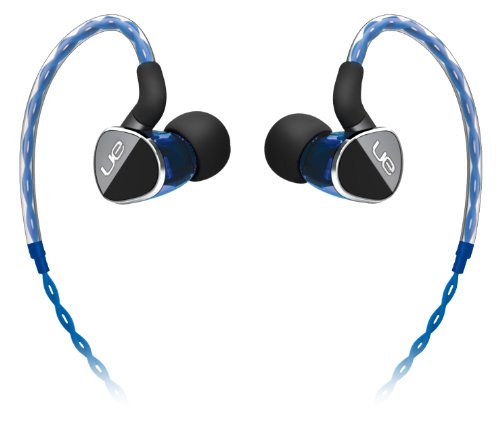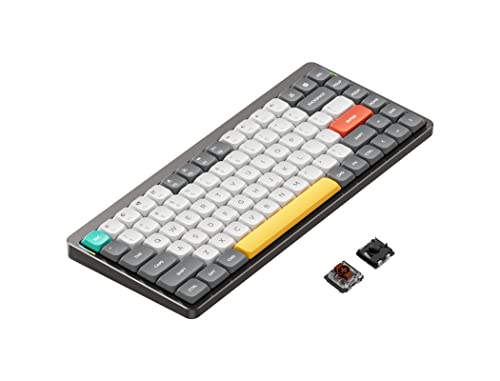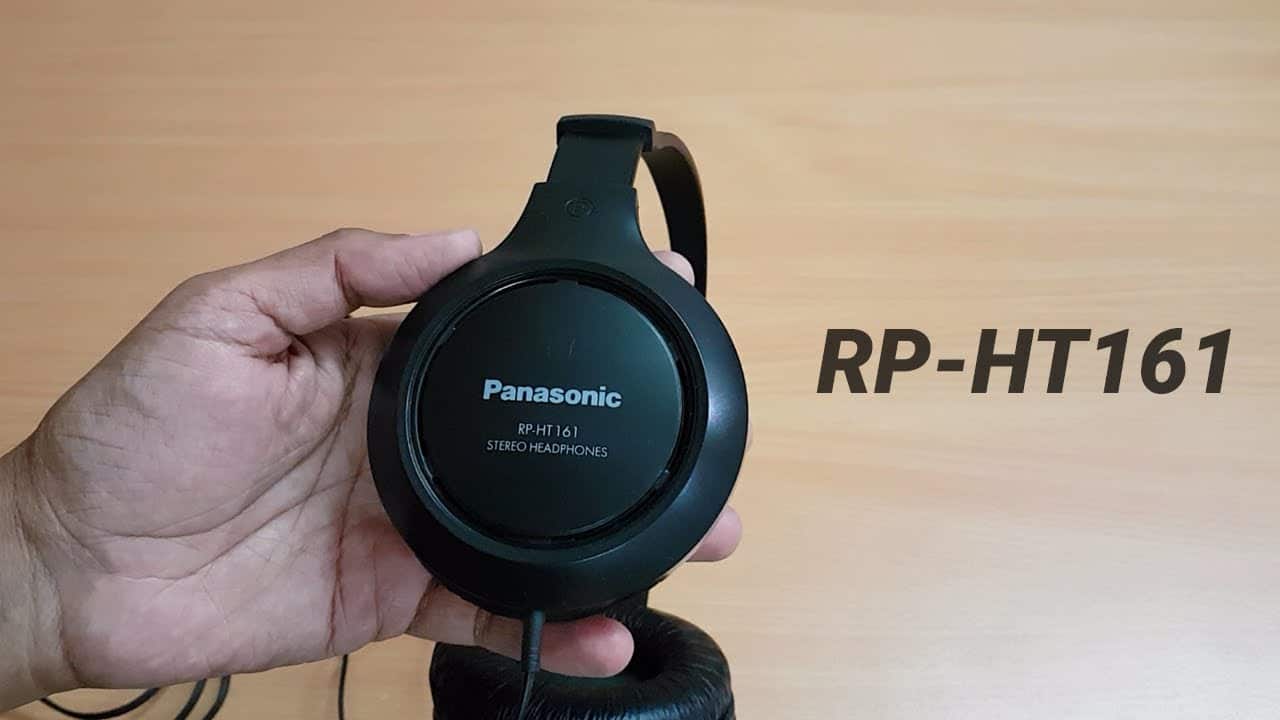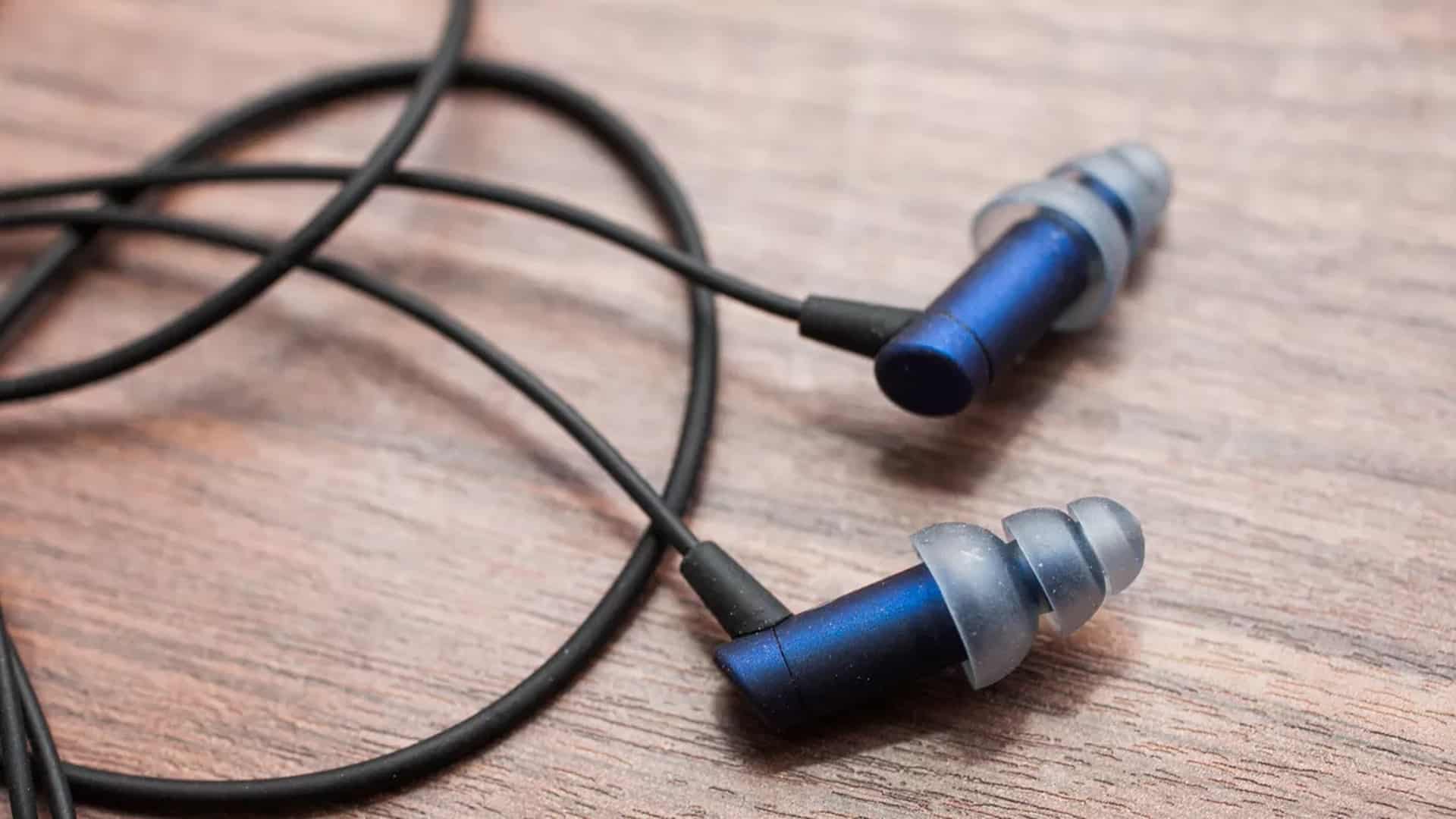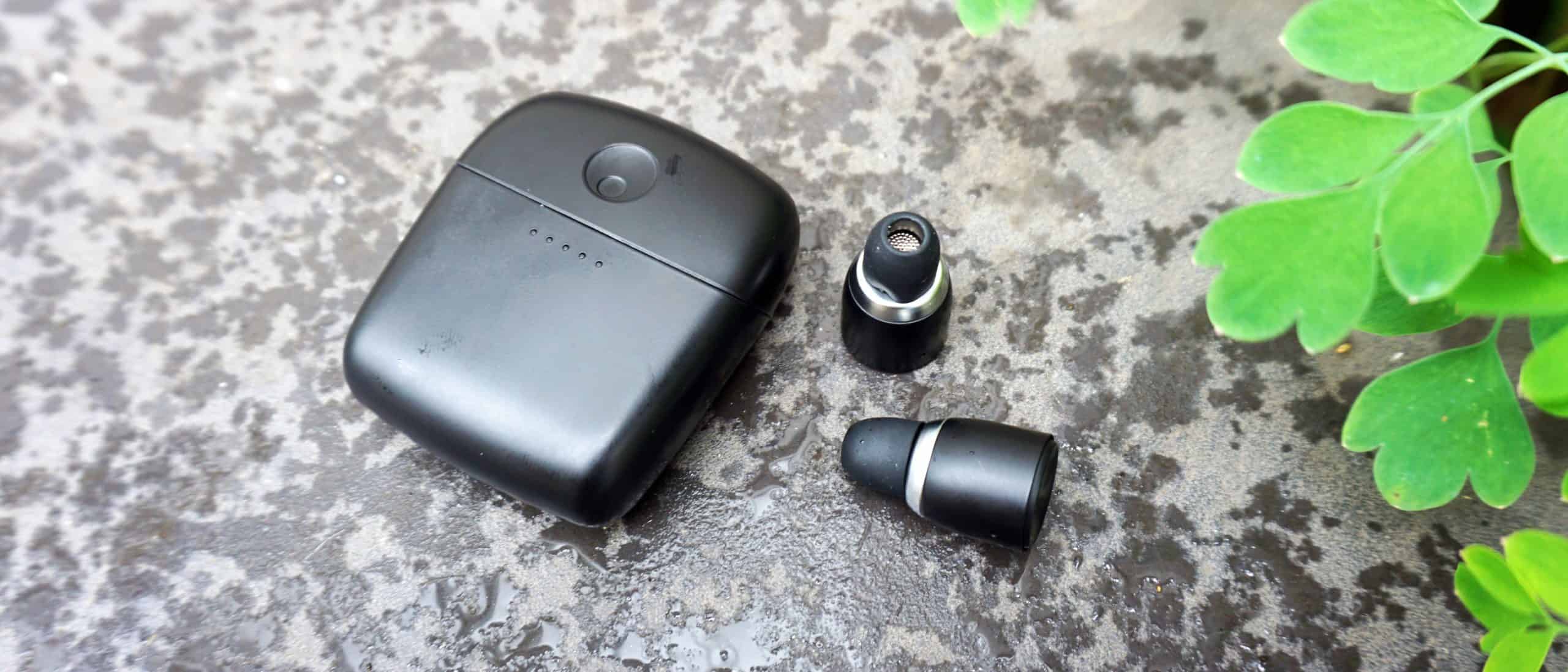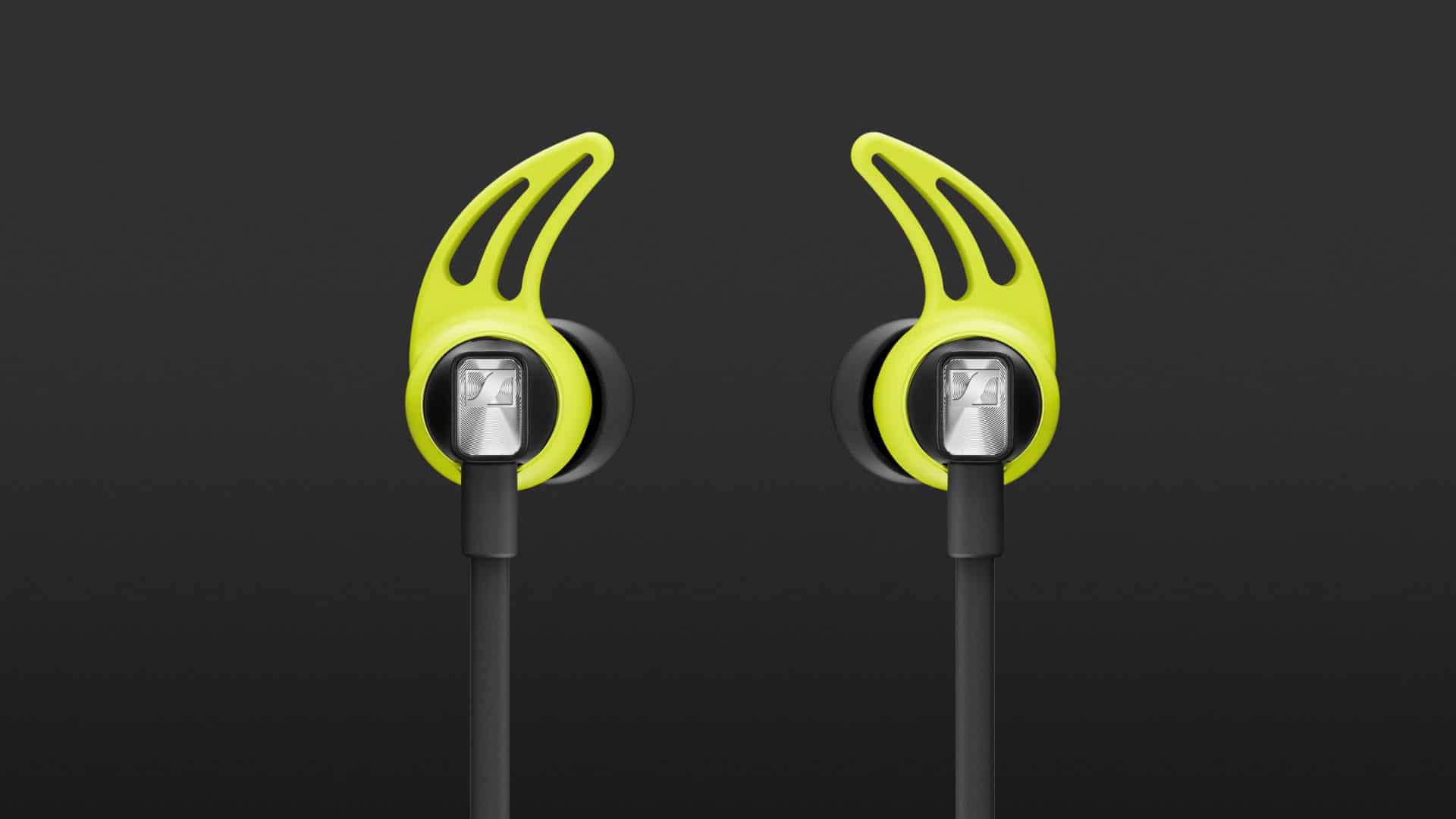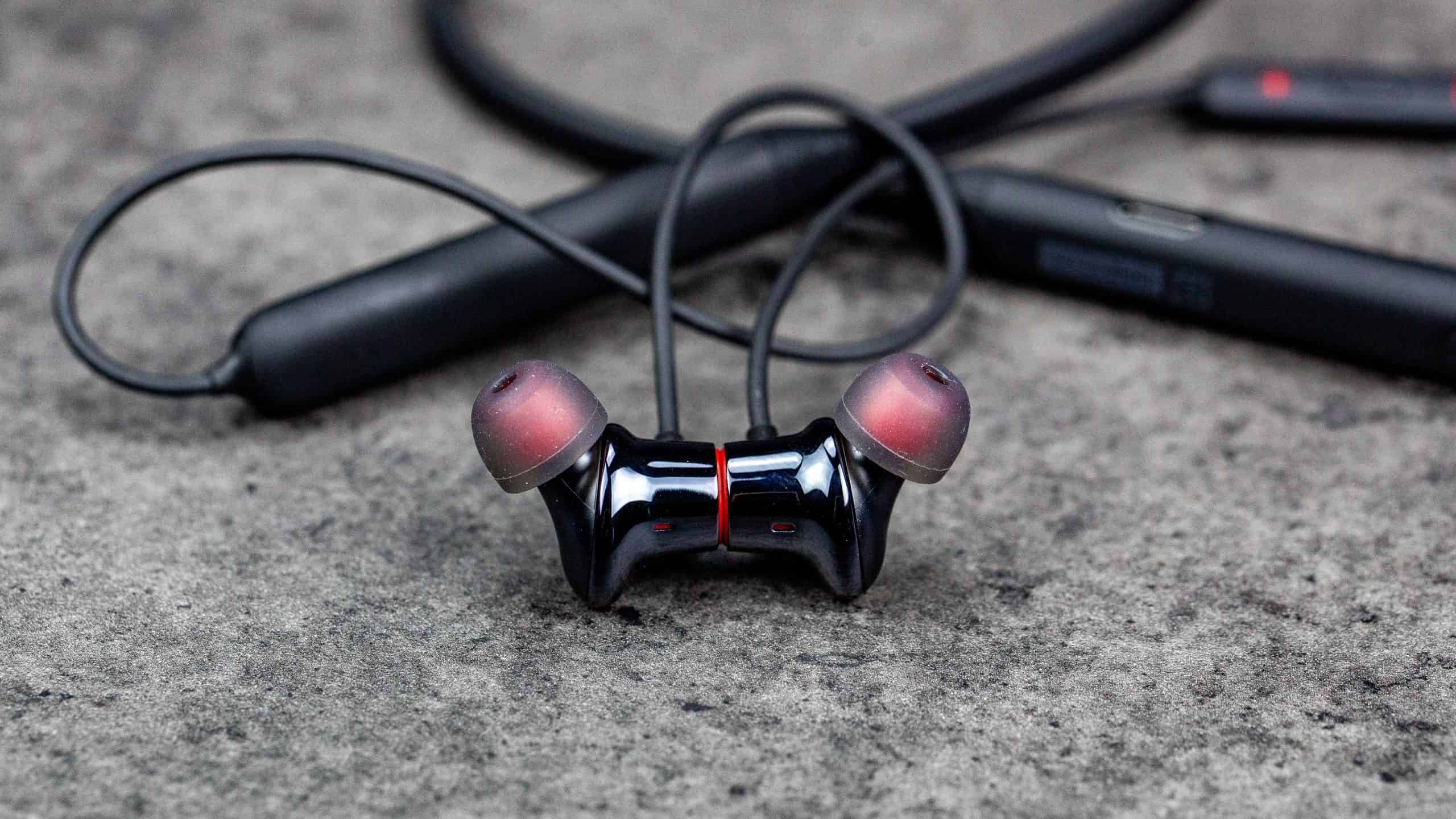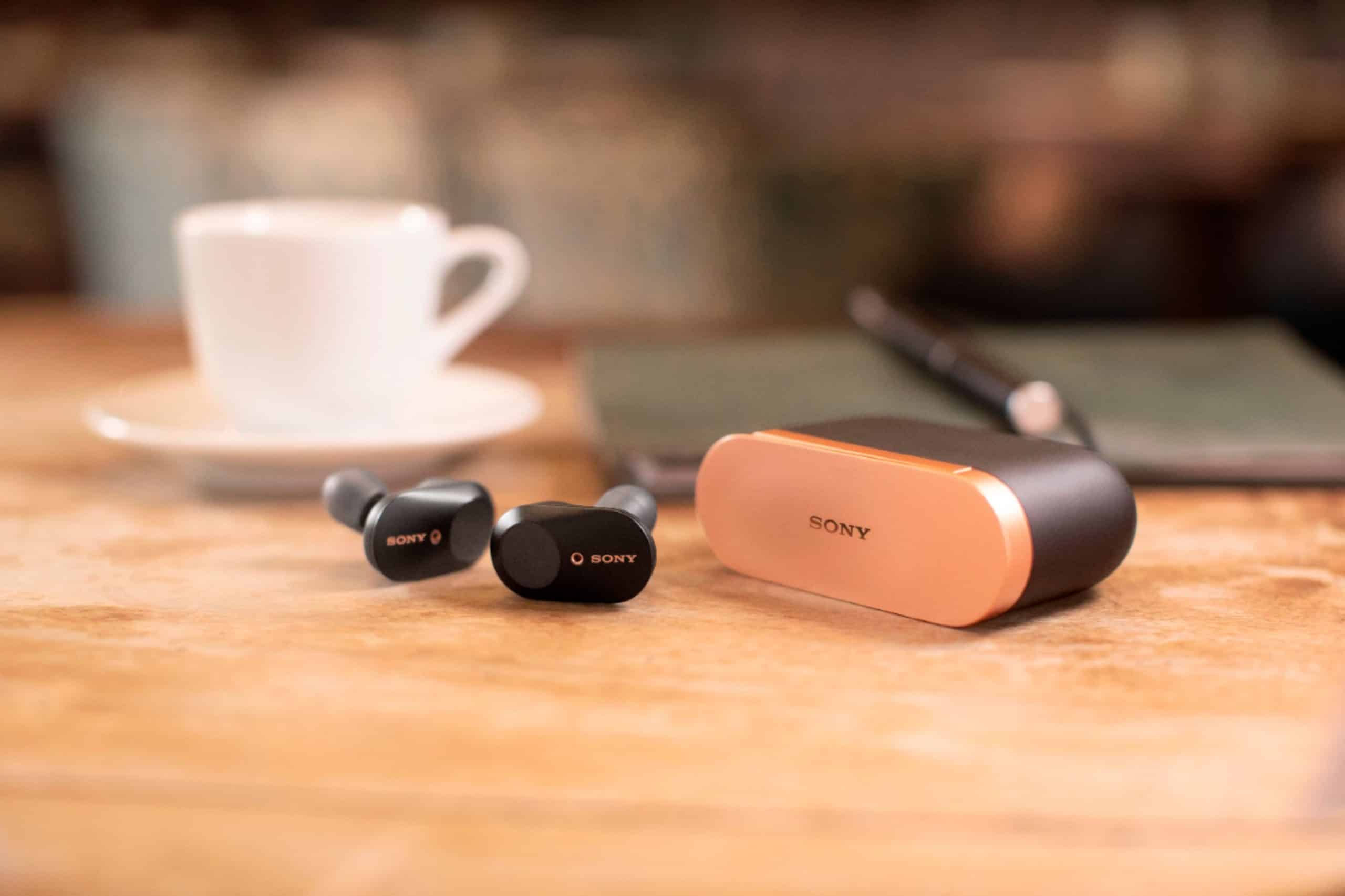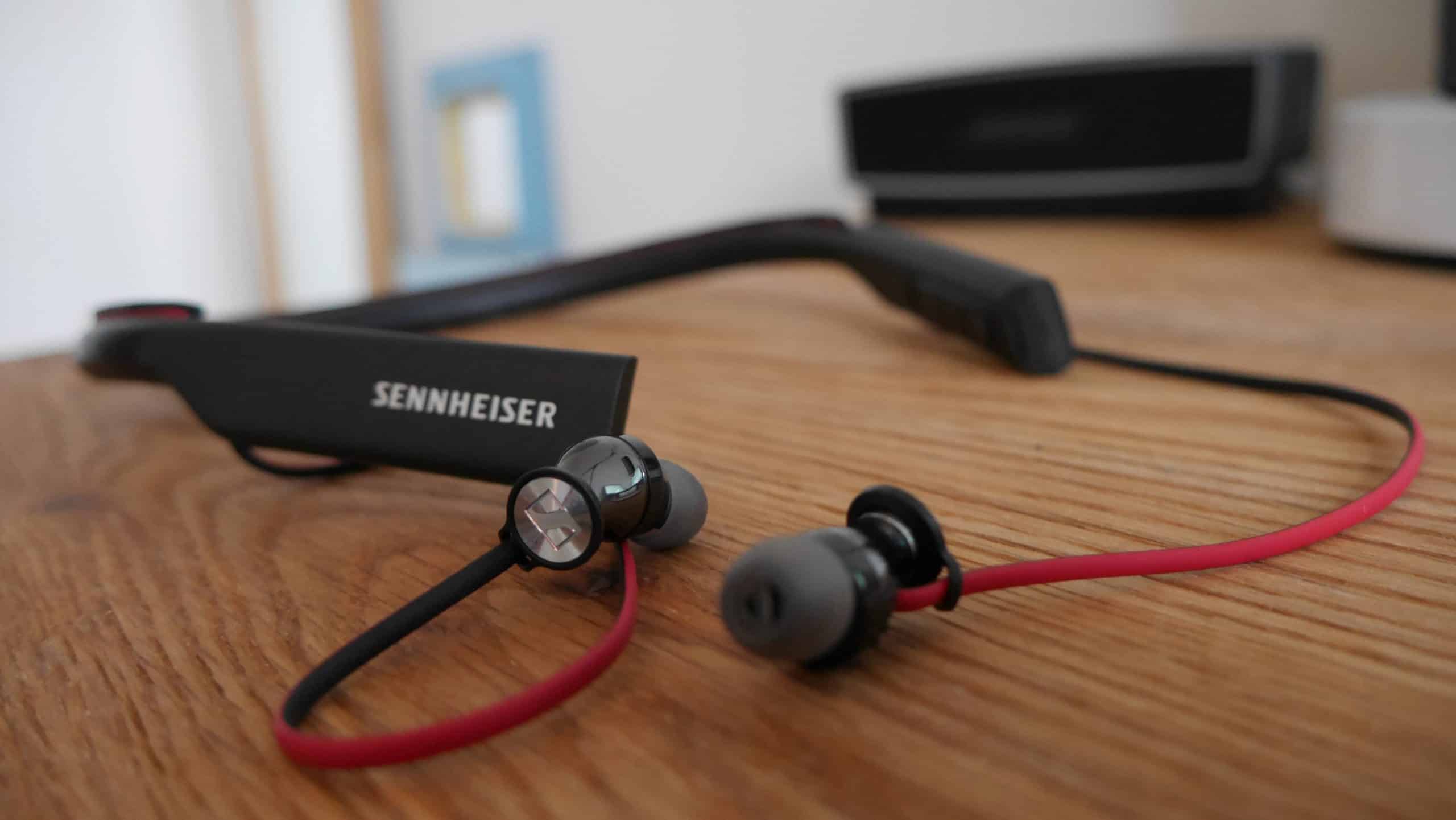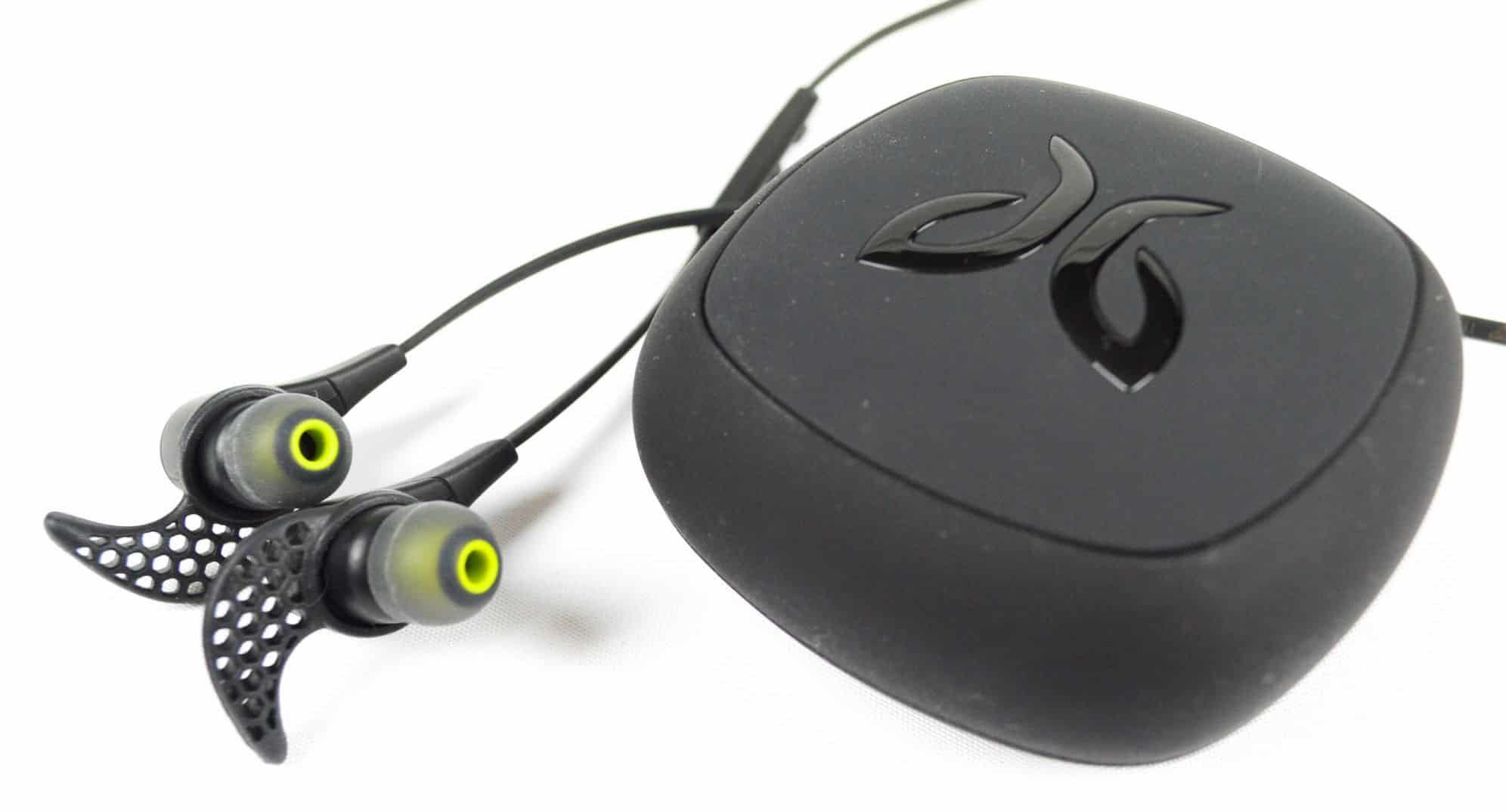Headphones have become almost as important a fixture of modern life as the bristled toothbrush. And when you find the best headphones that suit your listening preferences, you know just how big a difference they can make. Unless there’s no sound when you plug in your headphones. In that case, you’ll need to do some troubleshooting. You may consider shopping for a new pair, like the Wang Buds earbuds by Fanny Wang.
But if you’re in the market for a new type of headphone, you should understand a few specs before making a large purchase. Below, we’ll answer the question, what does a headphone driver size mean?
KEY TAKEAWAYS:
- Headphone driver size is a measurement of the driver (speakers) diaphragm.
- The size of a headphone type’s magnetic drivers often indicates how the sound quality of a specific frequency range will be.
- A larger driver delivers the bass range more precisely, while a smaller driver has an easier time creating higher frequency sound waves.
Insider Tip
Headphones with larger drivers generally provide more accurate bass frequencies, while smaller drivers produce better high-frequency sounds.
And for more helpful jabbering about headphones, you can check out our article explaining what ambient mode earbuds are, are or what Ohms means in terms of headphones.
What Is Driver Size in Headphones?
If you’re familiar with the anatomy of a speaker, you already know the basics of what a headphone driver is, especially if you’re getting the leading DJ headphones. The concepts and parts are the same.
The average dynamic driver, like a speaker, comprises a motor (a magnet and voice coil built to channel an electric current) and a diaphragm (or speaker cone). The motor retrieves electrical signals and creates a movement, and the diaphragm takes that movement and converts it into sound waves. And the result is that you now have something to listen to at the gym or anywhere else!
Most consumer headphone and earbud technologies use standard driver sizes. For smaller in-ear headphones, the average pair of headphones has a larger driver, usually anywhere from 8mm-15mm in diameter. On the other hand, headphones typically have a 20mm-50mm diameter.
How Does Driver Size Impact Sound Quality?
As you may guess, size plays a role in forming the sound waves needed to create the range of frequencies that become audible sounds. The basic rule is that the bigger the driver, the deeper and more significant the bass response. However, a common misconception is that the sound quality of headphones goes down along with the size.
You will get a more accurate sound on the lower frequency range with a larger pair of headphones, but a smaller diameter driver has its advantage too. The smaller a diaphragm is, the easier it can produce a high-frequency range. So, you won’t lose audio quality with a smaller driver, and there are more ways to tell the overall sound quality aside from driver size.
Warning
Listening to music above 85 decibels for extended periods can cause permanent hearing damage.
F.A.Q.S
Do multiple magnetic drivers mean I’ll get better sound?
While additional drivers can increase the audio quality of your listening experience, sound purity also depends on other things. Other factors can be the sound signature of the headphones you are listening through and the quality of the driver/parts.
What is an electrostatic driver?
As types of drivers go, an electrostatic driver is often more expensive and found in only high-end headphones. However, electrostatic headphones deliver excellent sound quality by adding two conducting plates that create magnetic fields and control the diaphragm, creating a more accurate sound.
How can I clean my headphone driver unit?
To clean your headphone driver, remove any ear padding. Then, take a toothbrush and gently scrub any debris from the metal mesh.
STAT: It’s estimated that over 50% of people ages 12-35 frequently listen to sound and music at volumes that are dangerous to the human ear. (source)
REFERENCES:
- https://blog.taotronics.com/headphones/what-is-headphone-driver/
- https://earrockers.com/does-driver-size-matter-in-headphones/
- https://www.youtube.com/watch?v=FvlCOa7Kz8kr
- https://www.youtube.com/watch?v=BKhS7X8rs74
- https://www.audio-technica.com/en-us/support/audio-solutions-question-week-headphone-specs-mean-important/

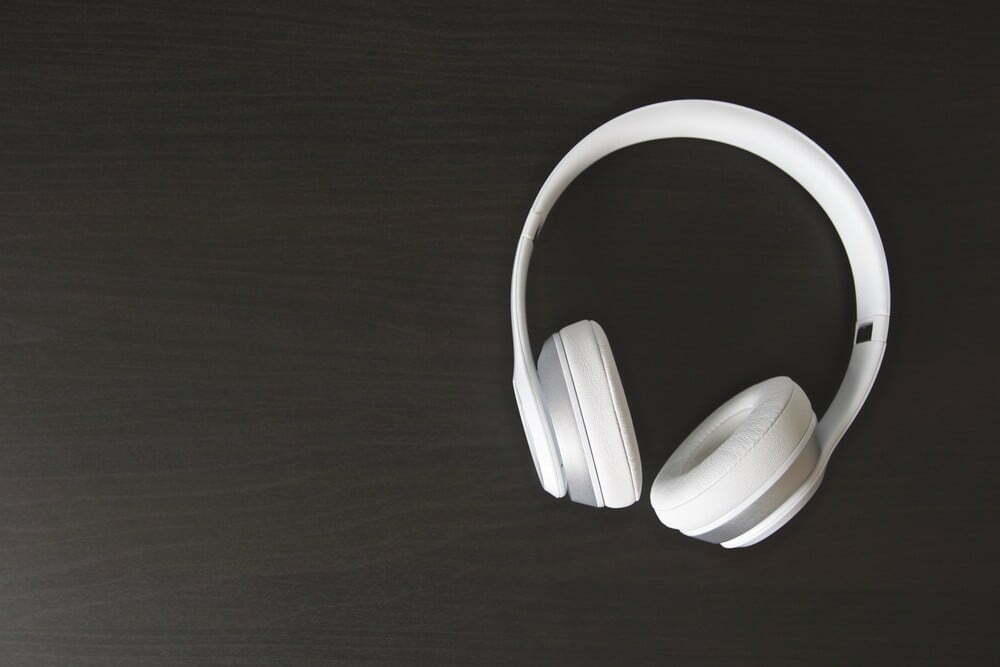














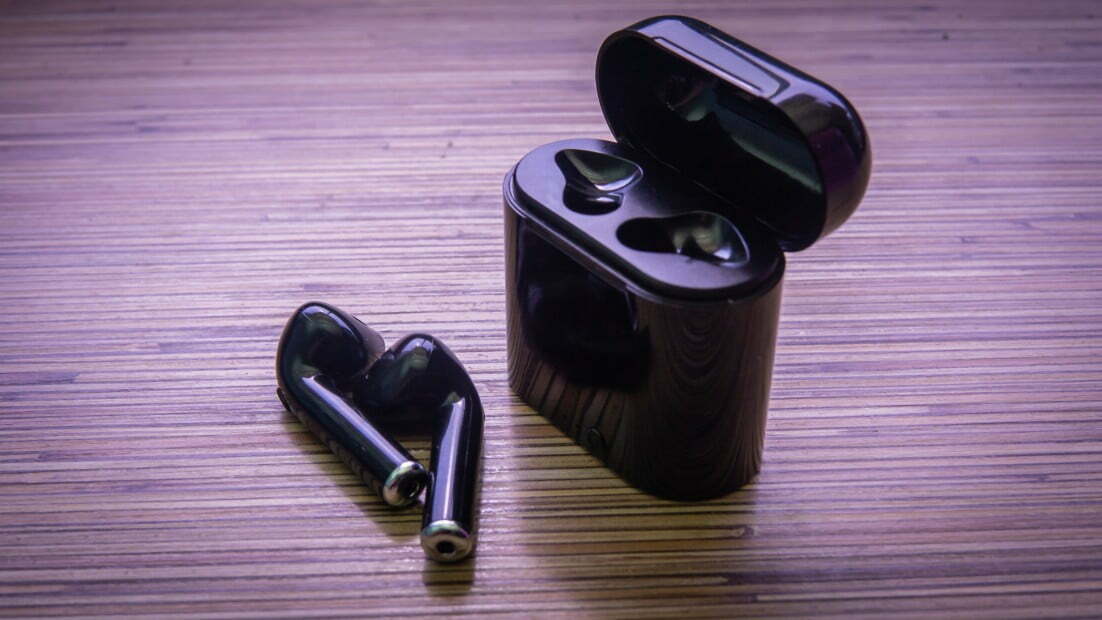


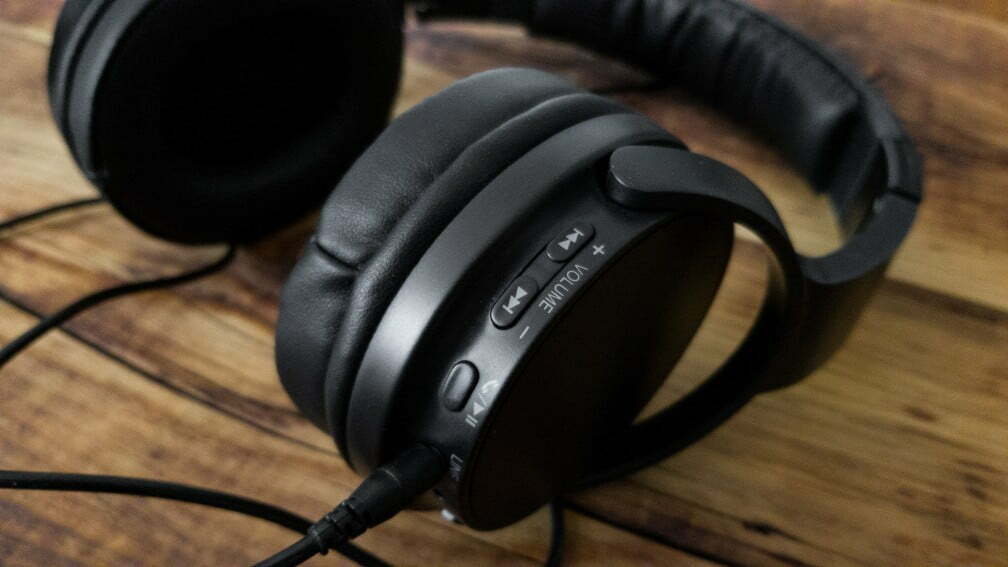










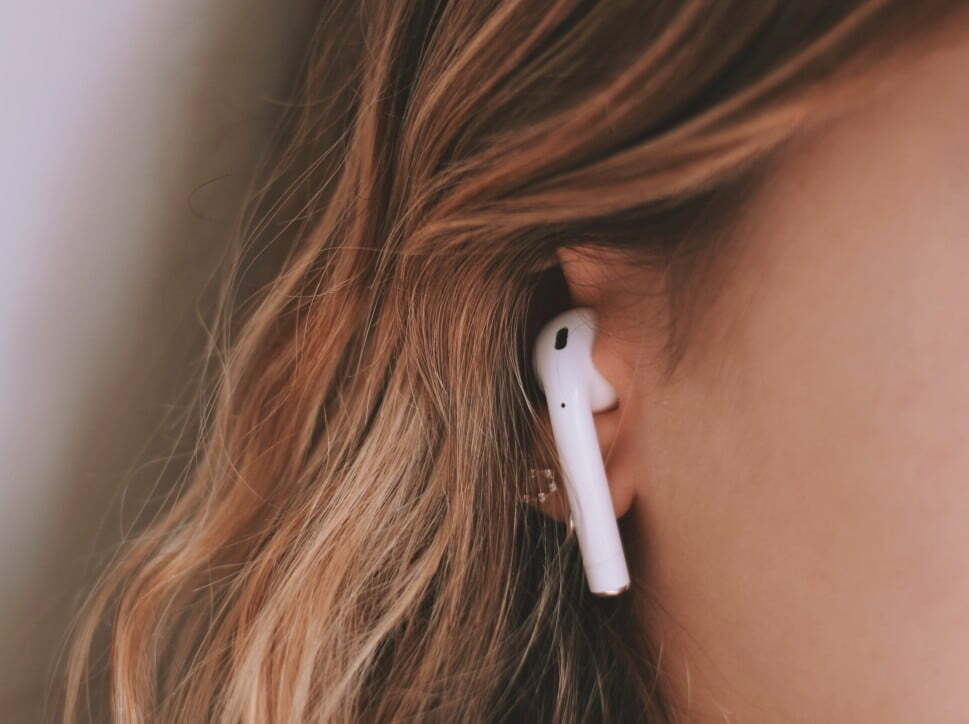




![Best Over-Ear Headphones for Working Out in [year] 27 Best Over-Ear Headphones for Working Out in 2025](https://www.gadgetreview.dev/wp-content/uploads/best-over-ear-headphones-for-working-out-image-scaled.jpg)
![Best Sennheiser Headphones in [year] 28 Best Sennheiser Headphones in 2025](https://www.gadgetreview.dev/wp-content/uploads/best-sennheiser-headphones-image-1.jpg)
![Best Sony Headphones in [year] 29 Best Sony Headphones in 2025](https://www.gadgetreview.dev/wp-content/uploads/best-sony-headphones-image-1.jpg)
![Best Open Back Headphones in [year] 30 Best Open Back Headphones in 2025](https://www.gadgetreview.dev/wp-content/uploads/best-open-back-headphones-image-1.jpg)
![Best Headphones in [year] ([month] Reviews) 31 Best Headphones in 2025 (November Reviews)](https://www.gadgetreview.dev/wp-content/uploads/best-over-the-ear-headphones.jpg)
![Best Noise Cancelling Headphones for Sleeping in [year] 32 Best Noise Cancelling Headphones for Sleeping in 2025](https://www.gadgetreview.dev/wp-content/uploads/best-noise-cancelling-headphones-for-sleeping-image-1.jpg)
![Best Noise-Cancelling True Wireless Earbuds in [year] 33 Best Noise-Cancelling True Wireless Earbuds in 2025](https://www.gadgetreview.dev/wp-content/uploads/best-noise-cancelling-true-wireless-earbuds-image.jpg)
![Best Headphones with a Mic in [year] 34 Best Headphones with a Mic in 2025](https://www.gadgetreview.dev/wp-content/uploads/best-headphones-with-mic-image.jpg)
![Best Headphones for Sleeping in [year] 35 Best Headphones for Sleeping in 2025](https://www.gadgetreview.dev/wp-content/uploads/best-headphones-for-sleeping-image.jpg)
![Best Headphones for Teens in [year] 36 Best Headphones for Teens in 2025](https://www.gadgetreview.dev/wp-content/uploads/best-headphones-for-teens-image.jpg)
![Best Noise Canceling Headphones for Kids in [year] 37 Best Noise Canceling Headphones for Kids in 2025](https://www.gadgetreview.dev/wp-content/uploads/best-noise-cancelling-headphones-for-kids-image.jpg)
![Best Headphones for Music Production in [year] 38 Best Headphones for Music Production in 2025](https://www.gadgetreview.dev/wp-content/uploads/best-headphones-for-music-production-image.jpg)
![Best Wired Headphones in [year] 39 Best Wired Headphones in 2025](https://www.gadgetreview.dev/wp-content/uploads/best-wired-headphones-image.jpg)
![Best USB Headphones in [year] 40 Best USB Headphones in 2025](https://www.gadgetreview.dev/wp-content/uploads/best-usb-headphones-image.jpg)
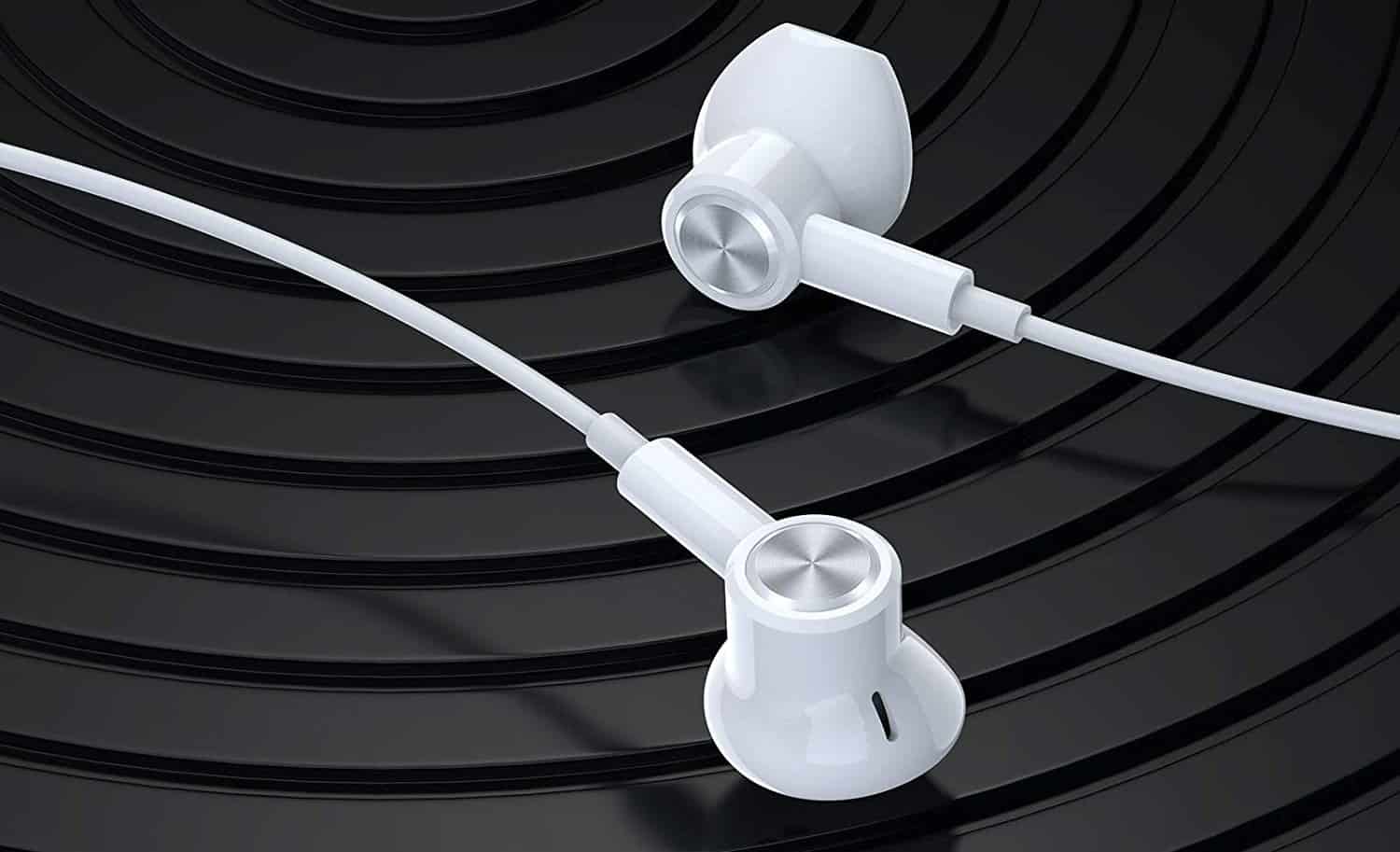
![Best Headphones for Mowing in [year] 42 Best Headphones for Mowing in 2025](https://www.gadgetreview.dev/wp-content/uploads/best-headphones-for-mowing-image.jpg)
![Best Headphones for Music in [year] 43 Best Headphones for Music in 2025](https://www.gadgetreview.dev/wp-content/uploads/best-headphones-for-music-image.jpg)
![Best TV Headphones for Seniors in [year] 44 Best TV Headphones for Seniors in 2025](https://www.gadgetreview.dev/wp-content/uploads/best-tv-headphones-for-seniors-image.jpg)
![Best True Wireless Earbuds in [year] 45 Best True Wireless Earbuds in 2025](https://www.gadgetreview.dev/wp-content/uploads/best-true-wireless-earbud-image.jpg)
![Best Swimming Headphones in [year] 46 Best Swimming Headphones in 2025](https://www.gadgetreview.dev/wp-content/uploads/best-swimming-headphones-image.jpg)






